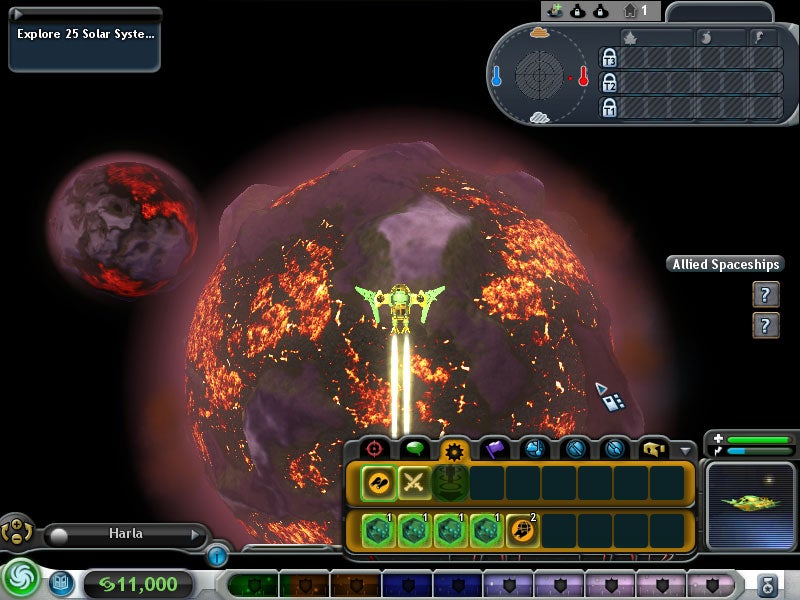
The next phase, civilization, has a bit more sophistication and more of a resource-management component, but it is at its core an extension of the tribal phase. Again, you choose between forging alliances or burning and pillaging other villages, and for all practical purposes, this stage feels like a minimalistic real-time strategy game. This is where your creature’s physical form and abilities mainly take shape, and it plays rather like a simplified version of The Sims, with up to eight social interactions available, based on your creature’s physical attributes.Īfter creature phase comes tribal phase, in which your creature gains sentience and establishes a community. When you’ve consumed enough other bacteria (and thus gathered enough DNA), you can evolve legs and enter the creature phase, where you play an individual member of your species, and either befriend or destroy other species. In case you’ve been living under a rock for the past two years, Spore‘s gameplay can be summarized thus: you start as an amoeba, swimming around a freeform, two-dimensional, arcade-style world, consuming meat, plants, or both, as you prefer. After playing the game for a week and finding it both thoroughly enjoyable and ultimately disappointing, one question still lingers in my mind: Who is Spore‘s target audience?


Some reviewers have nearly exhausted themselves patting Will Wright on the back for his latest (and perhaps most ambitious) undertaking, while others have criticized him for not taking his innovations further. Spore has been out for a bit more than a week now, and the reviews have been mixed.


 0 kommentar(er)
0 kommentar(er)
